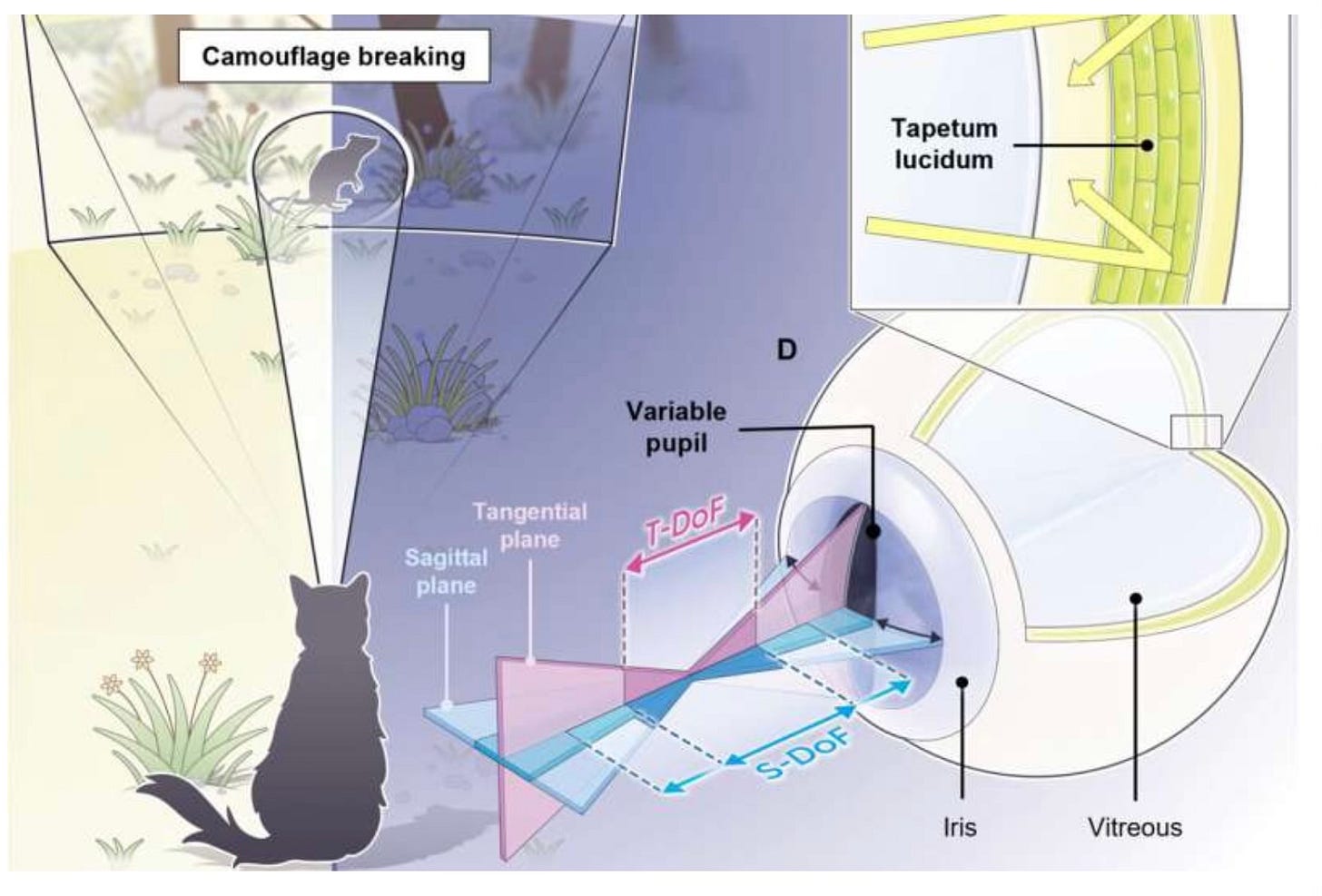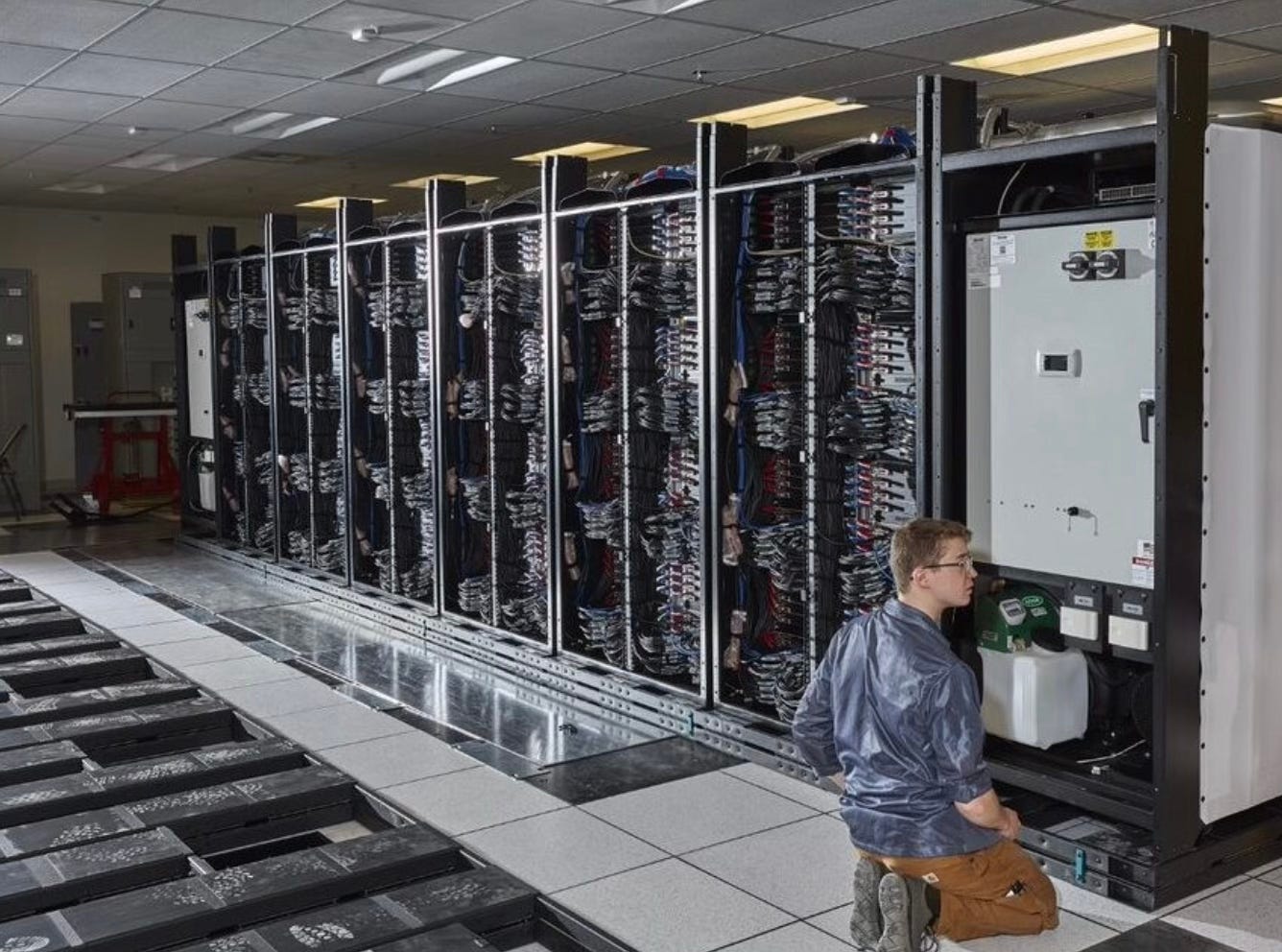This week we discover a new camera that is based upon the structure of a cat’s eye. This camera allows easier tracking of objects and better night vision. We investigate a new battery cathode that has the potential to make Electric Vehicles cheaper than internal combustion engine based vehicles. We examine a proposal from Japan to build the first Zeta Class Supercomputer and finally we consider a new theory that the Earth once had a ring system similar to the one that Saturn has today.
Cat’s Eye Cameras
A team from Seoul National University and Gwangju Institute of Science and Technology and Korea Institute of Science and Technology (all in South Korea) have developed a new type of artificial eye based on the natural features of a cat’s eye.
Current cameras on drones and robots mimic the human eye using a circular aperture. This approach allows the foreground and background to be kept in focus however it can be difficult to track objects.
Cats have vertically slitted eyes to catch the asymmetric depth of field. The new camera also uses a vertical aperture allowing the camera to keep a target in focus while the field behind remains blurry. This allows easier tracking of object during the day.
Cat eyes have a reflective layer behind the retina which allows them to see well at night. Adding silver metal reflectors behind the image sensor gave the camera the same capability. This allows the camera a better ability to see in the dark and to keep track of objects even if they are camouflaged.
The camera is likely to be more expensive to manufacture than traditional cameras however there are many potential uses for the new camera in smartphones, security cameras, drones and automated vehicles.
New Battery Cathode
Currently batteries make up about 50% of the cost of an Electric Vehicle. This is a big reason why EVs are more expensive than traditional internal combustion engine based cars. A new battery cathode developed by a multi institute team led by Georgia Tech may change that cost comparison.
Cathode materials affect the capacity, energy and efficiency of batteries. This impacts the battery performance, lifespan and affordability. Current Lithium-ion batteries contain a range of expensive materials and a high manufacturing cost. Liquid electrolytes are used to transport lithium ions for storing and releasing energy. These liquid batteries can leak or catch fire. Solid state batteries use solid electrolytes not only boosting efficiency and reliability but making the battery safer. Solid state batteries for EV’s are still under development.
The team has developed an iron chloride cathode (FeCL3) than costs 1 to 2% of a typical cathode and can store the same amount of electricity. No cobalt, nickel or heavy metals are required. This advance may make electric vehicles cheaper than internal combustion engines.
It will take time to commercialize the new battery however we should expect to see the technology reach commercial viability in electric vehicles within the next 5 years.
Zeta Class Super Computer
The Japanese Government has launched a project to develop the first Zeta Class Super Computer. The current fastest computers can manage one quintillion calculations per second (or an exaFLOP (Floating Point Operations)). This new project aims to improve that performance by 1,000 times.
To give you an idea a zetaFLOP is 1,000,000,000,000,000,000,000 calculations per second. This type of calculation power is likely to allow us to make breakthroughs that are not currently possible with the computing power that we have available.
The Japanese Government will provide US$775 million towards the project which will be led by RIKEN a Japanese Research Institute and supplemented by Fujitsu and one of Advanced Micro Devices, Nvidia or Intel from the US. The goal is to have the computer online by 2030.
Did Earth once have Rings?
A team from Monash University have found evidence that the Earth may once have had a ring system similar to Saturn. 466 Million years ago an unusually intense meteorite bombardment called the Ordovician impact spike commenced. Tectonic Plate reconstructions from that period show the position of 21 asteroid impact craters from that period. All are located within 30 degrees of the equator despite more than 70% of the earth’s crust being outside this region. It is highly improbable that this happened by chance.
The team proposed that the localized impact pattern was produced after a large asteroid had a close encounter with the earth. As the Asteroid passed earth, it broke into many pieces due to the gravitational forces impacted on it by the earth. The debris then formed into a ring system around the earth. Over the next few million years the debris fell to earth creating the impacts on the surface that we can see today. Additionally sedimentary rocks from this period contain extraordinary amounts of meteorite debris.
It is likely that this ring system could have cast a shadow over earth blocking sunlight and contributing to a significant cooling event. At the end of the Ordovician impact spike one of the coldest periods in the last 500 million years occurred. This cold period is known as the Hirnantian Icehouse.
What other ring systems or celestial visitations had an impact on the young earth and had a role in the earth that we know and love today? Did these ring systems have an influence on the development of life on earth? There is so much more to discover.
Paying it Forward
If you have a start-up or know of a start-up that has a product ready for market please let me know. I would be happy to have a look and feature the startup in this newsletter. Also if any startups need introductions please get in touch and I will help where I can.
If you have any questions or comments please comment below.
I would also appreciate it if you could forward this newsletter to anyone that you think might be interested.
Till next week.






